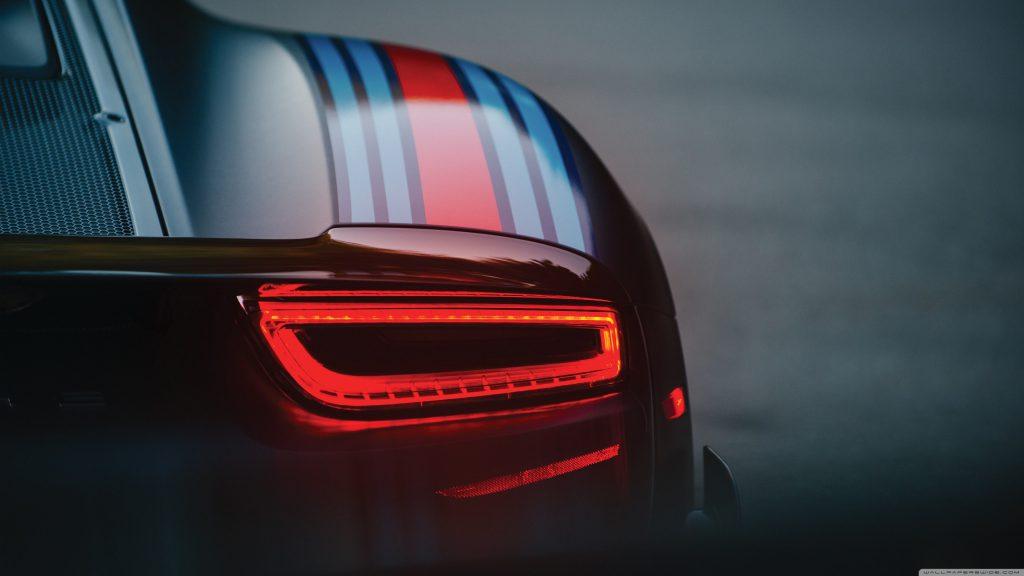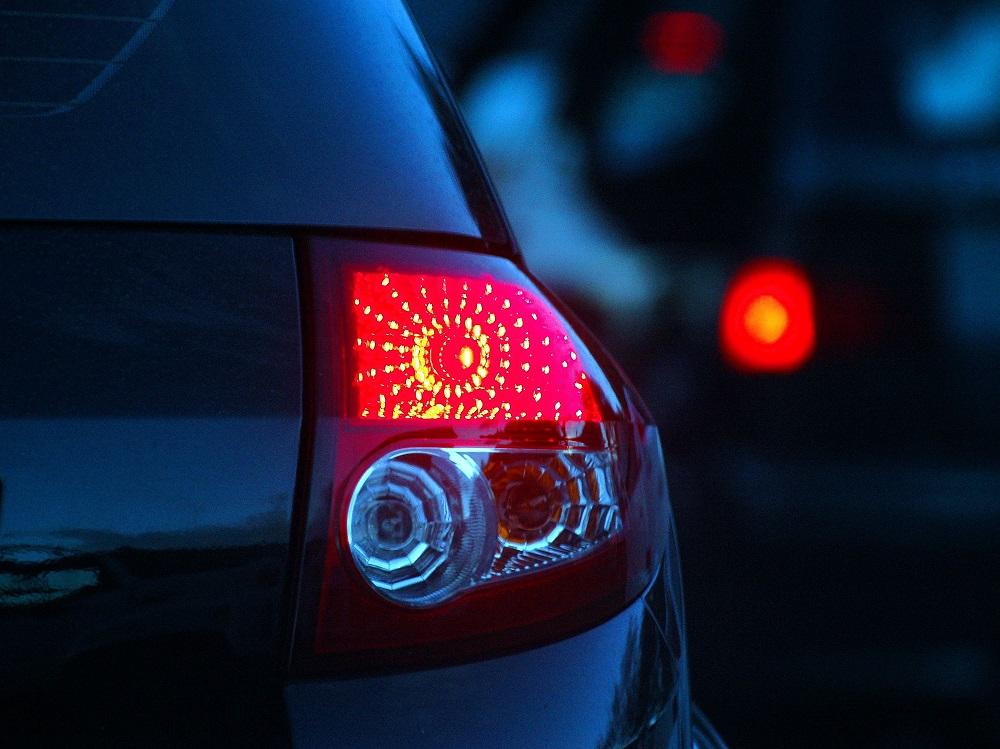Knowing the differences between tail light vs brake light is important to understand their functions and roles in automobile safety. When referring to automotive lighting, some people use the terms ‘brake light’ and ‘tail light’ interchangeably.
Are tail lights and brake lights the same bulb? Well, no. Interchanging the terms is a mistake. These are separate lights and perform different functions.
Both these lights are located on the rear side of a vehicle. To grasp their differences, it’s important to understand how they work.
Contents
Tail Light vs Brake Light: The Differences
You may notice sometimes that the tail lights of your car are working but the brake lights don’t, and vice versa.
This wouldn’t have happened if they were the same lights. Here are their definitions and functions so that you understand how they are dissimilar.
Brake Lights
The brake system triggers the brake lights. They come on whenever you apply the brakes.
A pair of working brake lights are critical to driving and road safety. They give the drivers behind you a signal about the imminent speed change.
Imagine driving behind a vehicle that has dud brake lights. You will have no clue when they are going to change the speed. Such misunderstandings can lead to road accidents.

There are several reasons for brake lights to not work or give delayed responses. Dim bulbs, dirty lenses, and defective wiring are a few of them. Performing routine maintenance is a great way to avoid these issues.
Like any other car components, brake lights and their related accessories need occasional repair and replacement.
Regular inspections will help you detect a problem on time. Your timely action may save you from a major accident on the road.
There is another brake light known as the center high-mount stop lamp.
You might be wondering what this light is doing in a discussion about tail light vs brake light. You are not alone. Scads of drivers don’t know the function of this third brake light.
Located in between the right and left brake lights but at a higher point, this light is a fail-safe in case brake lights are not visible for any reason.
It warns the following drivers about the impending braking action. Its location is higher than the other two brake lights so other drivers won’t face any problem seeing it.
SEE MORE
Tail Lights

Front headlights trigger the tail lights. As you turn on the headlights only at night or in dark conditions, the red tail lights also remain inactive during the daytime.
Their brightness is lesser than the brake lights because they are designed to be switched on in hazy, foggy, and dark conditions. The function of tail lights is to announce the presence of your vehicle to other drivers when visibility is impaired.
Just like brake lights, they malfunction due to cracked lenses, broken wiring, faulty bulb filaments, and a few other reasons. Regular checking will help catch the problem early on. These bulbs are cheap, and fixing them is a quick job.
FAQs on Tail Light vs Brake Light
-
Why do tail lights and brake lights have different brightness levels?
The difference in brightness between tail lights and brake lights is a safety feature. Brake lights need to be much brighter to grab the attention of other drivers quickly when a vehicle is slowing down or stopping.
Tail lights, on the other hand, are designed to provide consistent but less intense illumination to indicate the vehicle’s presence and size when headlights are on.
-
Are tail lights and brake lights typically separate bulbs or part of the same assembly?
In many vehicles, tail lights and brake lights are part of the same assembly but use different bulbs.
There are typically separate bulbs for tail lights, brake lights, and turn signals within the same housing. This design allows each function to be clearly distinguishable to other drivers.
-
Can a malfunctioning tail light or brake light affect vehicle safety?
A malfunctioning tail light or brake light can impact vehicle safety. A burnt-out brake light may prevent other drivers from realizing that you are slowing down or stopping, increasing the risk of a rear-end collision.
Similarly, a non-functioning tail light can reduce your vehicle’s visibility, especially in low-light conditions or bad weather, potentially leading to accidents.
-
Are tail lights and brake lights required by law?
Tail lights and brake lights are mandatory safety features on all motor vehicles in most regions. They are regulated by traffic laws to ensure that vehicles are visible to others on the road and can signal their intentions to slow down or stop effectively.
-
Can LED lights be used for both tail lights and brake lights?
LED (Light Emitting Diode) lights are commonly used for both tail lights and brake lights in modern vehicles. LED lights offer several advantages, including energy efficiency, rapid response time, and long lifespan, making them a popular choice for automotive lighting.
-
Are there any additional lights on a vehicle that serve similar functions to tail lights and brake lights?
In addition to tail lights and brake lights, some vehicles may have rear fog lights. Rear fog lights are typically brighter than tail lights but dimmer than brake lights.
They are used during adverse weather conditions, such as heavy fog, to enhance the vehicle’s visibility from behind.
-
Can aftermarket tail lights or brake lights be legally installed on a vehicle?
Aftermarket tail lights or brake lights can be legally installed on a vehicle, but they must meet specific regulations and safety standards established by local traffic laws.
It’s crucial to ensure that any aftermarket lighting modifications comply with these regulations to avoid legal issues and maintain safety on the road.
Final Words
Tail light vs brake light has distinct roles in a vehicle’s lighting system. Tail lights provide constant, dim illumination to enhance visibility at night.
In contrast, brake lights shine brighter and flash when the brakes are applied, indicating the intention to slow down or stop. Both lights are essential for road safety, helping prevent rear-end collisions and maintaining visibility.




MY tail lights go to brake light mode when I turn on the head lights so I have no rear signal lights.
all other lights function properly. When I turn off the head lights the tail lights work properly. Thank you